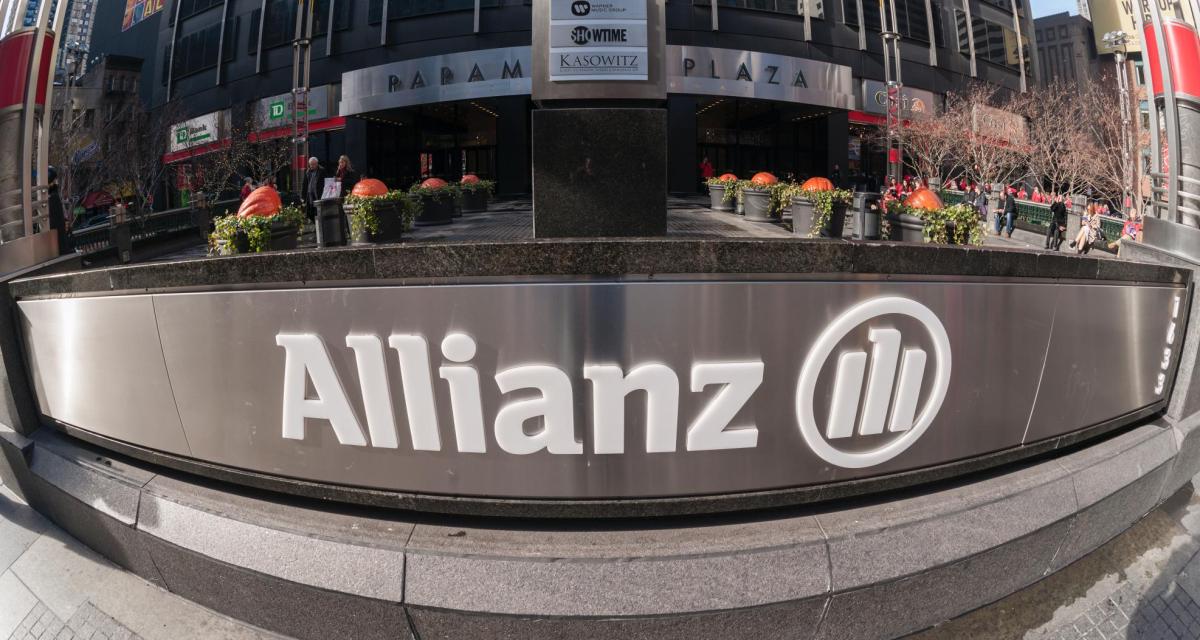SpaceX Launches 23 Starlink Satellites on Falcon 9 Rocket From Cape Canaveral
SpaceX has successfully sent another batch of Starlink satellites into space on Monday, marking its second launch of the day. At 10:34 p.m. EDT (0234 GMT on April 29), a brand-new Falcon 9 rocket carried 23 Starlink broadband satellites, including 13 equipped with direct-to-cell capability, from NASA’s Kennedy Space Centre in Florida. Earlier today, a separate Falcon 9 launched 27 Starlink satellites from Vandenberg Space Force Base in California. The rapid double mission highlights SpaceX’s pace in expanding its Internet constellation, which already stands as the largest of its kind ever deployed.
Table of Contents
Brand-New Falcon 9 Lands After Launching 23 Starlink Satellites to Orbit
According to a Space.com report, this launch was significant as it was the first flight for this specific Falcon 9 rocket’s first stage. SpaceX’s boosters see multiple missions, with one record-setting booster achieving 27 flights to date. Despite being brand new, the first stage of the Falcon 9 made a flawless landing approximately eight minutes after launch, gently landing on the “A Shortfall of Gravitas” droneship stationed in the Atlantic Ocean.
Meanwhile, the rocket’s upper stage continued its journey, carrying the 23 Starlink satellites toward low Earth orbit (LEO). The satellites were released about 65 minutes after liftoff, joining — or more aptly, surrounding — the ever-growing constellation of Starlink spacecraft. With tonight’s successful deployment, SpaceX is one step closer to achieving its mission of offering global broadband coverage using thousands of satellites working together.
SpaceX Marks 50th Falcon 9 Launch of 2025, Expanding Starlink to 7,200 Satellites
SpaceX’s 50th Falcon 9 mission of 2025, devoted to growing the Starlink network, is a highlight of the company’s relentless launch cadence, with 33 missions dedicated to the project, which now counts more than 7,200 operating satellites.
SpaceX is still growing out its satellite constellation and refining its launch-and-recovery technology. The fact that the company was able to pull off two successful Starlink missions in a single day demonstrates just how well SpaceX has been able to finesse the balance between reusability with new hardware.
Source link






